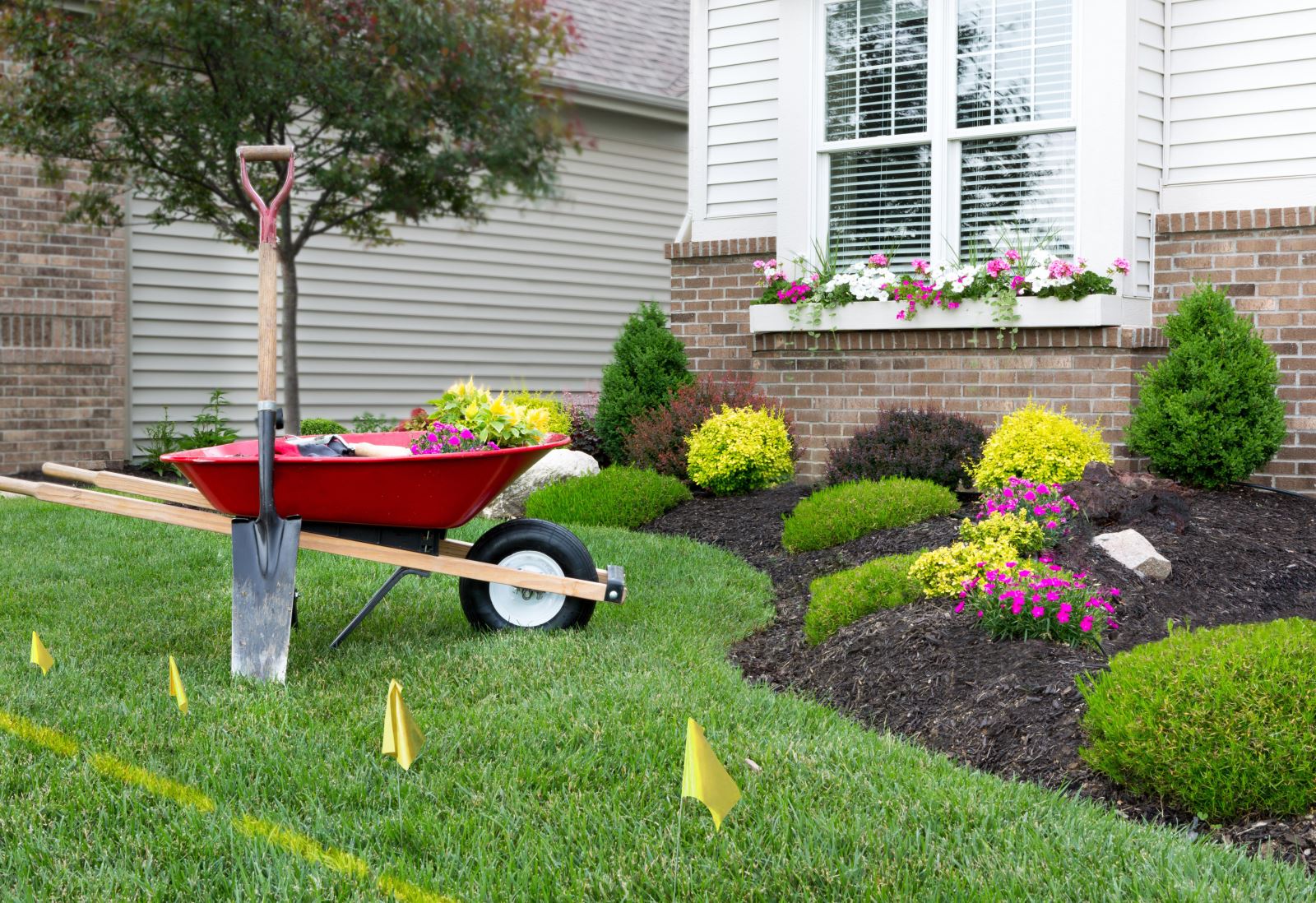5 Hacks To Childproof Your Home

You may or may not have small children living in your home but even if you don’t you might have a family member or a friend who does, so tips on how to childproof your home may be advantageous to you. There are several ways in which you can make your home child friendly so that you don’t have to worry about any little ones getting hurt or any of your stuff being destroyed.
- The first and most important tip to make your home childproof is to cover your electrical outlets. For some reason electrical outlets are very interesting to little hands and fingers. The best way to keep the kids from exploring your electrical outlets is to buy covers for them. Make sure to get the electrical outlets that are not that hard for you to pull out so that you don’t constantly have to try so hard to remove them when you want to use an outlet.
- This may sound silly but get on your hands and knees and travel around your home looking for things that might be dangerous. You may find that you see much more clearly by getting down to a child’s level when it comes to childproofing your home. Fix any issues you deem to be hazardous to kids while you are in this position.
- Put glass items and valuables up high out of reach of children. This will not only help keep children safe in your home but it will also keep your valuables from getting broken.
- If you have anything sharp such as a fireplace with edges made from stone or brick you may want to buy covers for those edges to use when you will have small children around. If you have little ones who live in your home you may want to keep these areas covered at all times.
- If you have a swimming pool, always make sure that someone is outside watching the children if they want to play in the back yard. Even if you have the pool surrounded by a fence you need to make sure the kids are looked after if they are anywhere near a pool.
Hopefully some of these ideas for childproofing your home will be helpful to you and will prevent an accident from happening. Once you feel as if your home is childproof then you will no longer have to worry about little ones getting hurt and you can enjoy your new or existing home.
Courtesy of Chester County PA Realtor Scott Darling.













